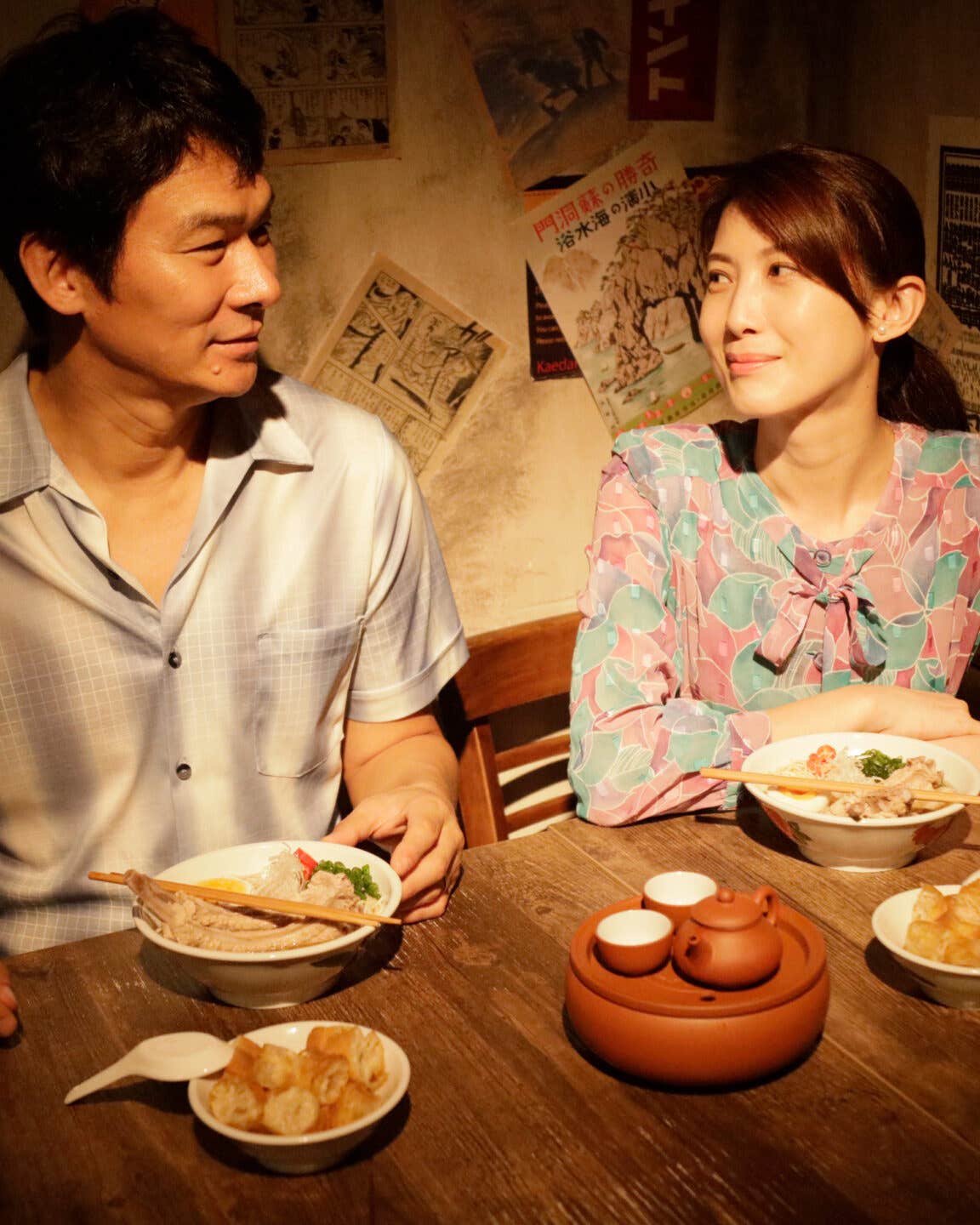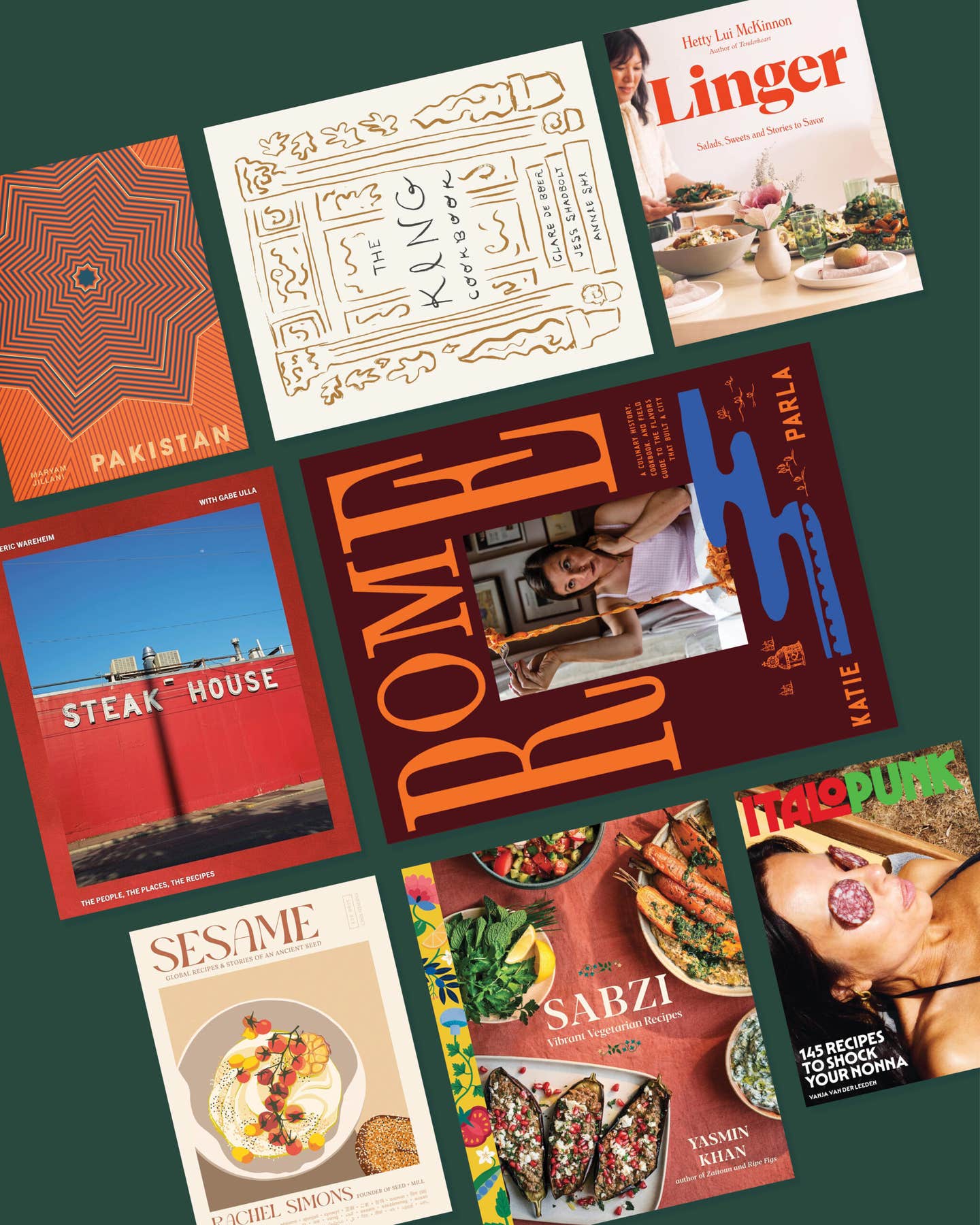
It happened several years ago at a farmers' market in New York City. It was late September, early morning, and I was finishing my rounds, dropping apples into a bag at the Locust Grove stand. That's when it hit me. That smell. Fresh, flowery, and intoxicating—it was love at first whiff: vanilla, jasmine, guava, and pineapple, all at once, wafting from a box sandwiched between the winesaps and the empires, a crate of lumpy, yellow-green, brick-hard globes, each a little bigger than a baseball, surprisingly heavy, and fuzzy, as a peach is fuzzy.
Coming from the Midwest, I've seen my fair share of farms, gardens, orchards, and fruit stands, but I had never run into these fruits before. I was intrigued, and when Chip Kent, the friendly farmer behind the table, told me to put them in my drawers, I was more than curious. "Dresser drawers," he clarified, explaining that a quince could be used like a sachet or potpourri. That day, I took home a half-dozen: Five went into a fruit bowl and onto my coffee table; one got stashed, fuzz and all, in a dresser drawer. Quince as potpourri, however, was just the beginning.
I tasted one raw. It was grainy, bland, and unpleasantly tannic—even painful to the tooth. Then I started cooking them. I baked one whole. I poached a couple in wine. I slipped one into an apple pie and ended up with the best I'd ever baked. I bought another batch and tried stewing them, some with a vanilla bean, some with cinnamon, some with a sprinkling of sugar. I discovered a whole different fruit—delicate, tender, and tart, with just a hint of spice. But flavor is not the half of it: Cooking works magic on quinces, turning them a glorious rosy color and infusing the whole kitchen—or in my case, the whole apartment—with that celestial quince perfume.
Quince is nowhere near as acerbic as rhubarb, never overpowering like citrus fruit, but always more provocative than any apple. Quinces taste, if you can imagine it, like they smell, which is why I've become addicted. They're fragrant, peculiar, and irresistibly charming. And they have been since the beginning—the very beginning.
The Garden of Eden, so the story goes, was in Mesopotamia, near native quince territory. Since apples supposedly originated in Central Asia, chances are good that the forbidden fruit was actually a quince. At least, many food historians think so.
Eve and I, though, are not alone in our weakness. Those "golden apples" that Atalanta found so captivating? They were quinces. And Paris's present to mighty Aphrodite? Quince again, a gesture forever typecasting the fruit as a symbol of love. That's why the ancient Greeks used to toss fresh quinces into bridal chariots. Back then, the biggest, most beautiful, most delicious quince came from Crete. It was called cydoneum, meaning apple of Cydonia, a city now known as Canea but immortalized in the fruit's botanical name, Cydonia oblonga.
From Roman times through the Middle Ages, quinces were used for making, among other things, jellies (they were the basis of the original marmalade), jams, and the ubiquitous quince paste. With more pectin than most fruits, quinces are particularly suited to jelly- and jam-making. And they are still popular (gelled or otherwise) in many parts of the world, appearing in Persian stews, French candies, Moroccan tagines, and South American sandwiches. Even the crooked limbs of the tree are used: to demarcate property in Chile.
Quinces were first planted in North America in the 1630s so that we could make our own jams and jellies. And for a long time we did. When Charles B. Knox introduced his easy-to-use powdered gelatin packets in the 1890s, however, quinces fell out of favor. Today, the forbidden fruit is all but forgotten, a rarity in American orchards and markets.
"A few years back," says Oliver Kent, Chip Kent's uncle, "everybody had quinces." He grew up with the fruit—along with apples, cherries, peaches, grapes, and everything else on the Kents' 60-acre Locust Grove Fruit Farm on the Hudson River in Milton, about 90 miles north of New York City. It was Oliver's father who planted a few quince saplings on the bluff in the 1920s. The family has maintained a 1-acre patch of quinces ever since, and, in 1976, they began trucking the fruit to market.
But the Kents are the exception, not the rule. Out of 200-plus farmers in New York City's 24 market locations, Locust Grove is alone in the quince business. According to the U.S. Department of Agriculture, the quince is one of the country's least grown fruit trees (actually, if it is not pruned, it will become a bush). And, because the fruit is often lumped into the "fruit-other" category, along with such items as boysenberries, jujubes, and olallieberries, statistics are sketchy. California's San Joaquin Valley, the largest area of commercial quince production in the United States, has fewer than 300 acres of quince trees.
As for the tree itself, it is arguably the most beautiful in the orchard. Like cookbook author Najmieh Batmanglij says, "When it's ripe, the fruit glows, bright and yellow like lightbulbs." It is also the most aromatic. "It'll stop you in your tracks," warns Oliver Kent. But it can be tricky to grow: Fire blight infects the blossoms in May; oriental fruit moths, or railroad worms, take their toll on the fruit in July; and too much rain spells disaster in any season. The fruit is sensitive, as well. If picked too green, quinces will never sweeten properly; if left on the tree too long, they get waxy on the outside and spongy within. It is beautiful as only something fuzzy and knobby can be, and, as Chip Kent points out, "It's the hardest fruit in the world, but the easiest one to bruise."
Still, the quince can stir in its advocates something approximating passion. After I'd called Vasiliki Diamandas, owner of The Greek Store in Kenilworth, New Jersey, to talk quinces, she paid me a visit in my Manhattan office, bearing quince preserves (apologizing profusely for the fact that they weren't homemade) and a half-dozen cookbooks that make ample use of what she considers her favorite fruit. Renowned New York City chef David Bouley told me that at his now-closed restaurant, Bouley, he averaged 200 pounds of quince a week, most combined with duck, skate, lobster, or—in one of his signature dishes—foie gras. Then there's Johnny Morris, owner of Mineral King Packing, a specialty fruit packer in Visalia, California. In the late '80s, he convinced several local farmers not to tear out their quince trees. Now he oversees about 48 acres of quince production, and, with his ten-person crew, defuzzes, wraps, packs, and ships the fruit to quince-friendly stores across the country.
If you happen upon one of these outlets, chances are that there'll be only one kind of quince on sale. True quince fans know, however, that there are a number of varieties, each with its own characteristics. The so-called orange quince, for instance, which is what the Kents grow, usually produces the richest color and strongest fragrance. Champion quinces, the largest quince export from Chile, are slightly lemony. California's pineapple quinces, the most common in the U.S., were developed to cook up meltingly tender, and smyrnas, although they are said to keep longer than other quinces, tend to be the least flavorful.
You'll find fresh American-grown quinces from September through November in the produce departments of high-end grocery stores, at Latino and Korean markets, and at some green markets nationwide. After my own awakening to the fruit, I started giving Chip a hand at his market stand on Saturdays. Now, during the season, I'm the one offering advice to new quince converts. "If you're making jelly," I'll say, "throw in a few green ones. Their pectin's more effective." Or, "Watch them as they cook; no two quinces are ever the same." But many curious novices, I realize, aren't ready for that. For them, I keep things simple: "Drawers," I say.
Keep Reading
Continue to Next Story










